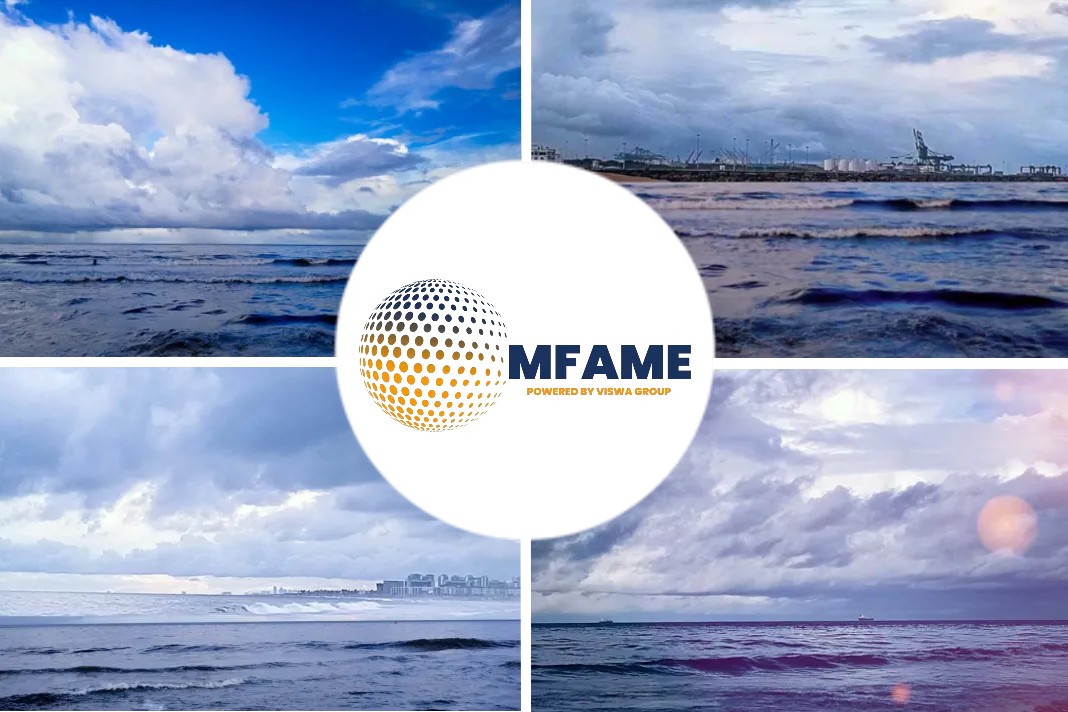- Maersk and IBM join hands to realize blockchain dream fro TradeLens
- Key players and major carriers keen on developing their personal blockchain solution
- Supply chains to benefit from blockchain revolution and Maersk keen on making a digital quantum leap
An increasing number of startups are unveiling blockchain-based platforms as the technology used in developing them is revolutionizing the world and the supply chains are majorly dependent on them.
Maersk and IBM joint hands
In order to realize this big dream, Maersk and IBM decided to start the new year with a bang.
Together, they sought to form the supply chain’s preeminent blockchain solution, called TradeLens. It was a perfect partnership: a technology giant and the largest container shipping company in the world. Within months, dozens of players signed up to test the solution.
A consequential choice
Though the Maersk-IBM blockchain solution can run into obstacles, that would not make the decision to start it any less consequential.
Hapag-Lloyd’s CEO at the Global Liner Shipping Conference in May said, “Early on, critics of the solution argued instead of showing unity for supply chains, the fact that it was led by Maersk Line the biggest ocean carrier meant shipping lines would distrust the solution”.
Blockchain solution
By November 2018, nine companies including the major carriers of COSCO, CMA CGM, Evergreen Marine, OOCL and Yang Ming had decided to form their own blockchain solution. The solution, built by CargoSmart and called the Global Shipping Business Network (GSBN), also has the backing of several terminals and ports.
The new rivalry of TradeLens versus GSBN may force new challenges for both endeavors, as the companies compete for adoption.
But in the course of a year, and in this industry, the idea of blockchain for shipping has transcended from a business experiment to a real race. Winning, now, is contingent on how many supply chain partners can be convinced to join a side.
A global opportunity
Maersk had been thinking about the sources of friction in ocean shipping for years by the time IBM came along.
Lars Kastrup, the TradeLens lead at Maersk, said, “Maersk began to engage in discussions about digitalizing the industry, at least as far back as 2010. At the time, customs authorities in the Netherlands were pushing for a solution to help remove excessive paperwork from trade and obviously we supported the idea back then”.
He further added, “Global shipping typically grows at the rate of global GDP, but if the industry digitalized, Maersk believed it could grow by up to another 15% and our purpose is to make a digital quantum leap”.
Thinking workshops
As of 2010, however, digital initiatives had yet to deliver the quantum leap the industry needed and however by 2016 the landscape had changed.
Kastrup said, “That year, blockchain as a concept began to take off, and IBM and Maersk launched a series of what they called “thinking workshops. The purpose was to determine what the concept could look like in practice and develop pilots to test it”.
Did you subscribe for our daily newsletter?
It’s Free! Click here to Subscribe!
Source: SupplyChainDive

















